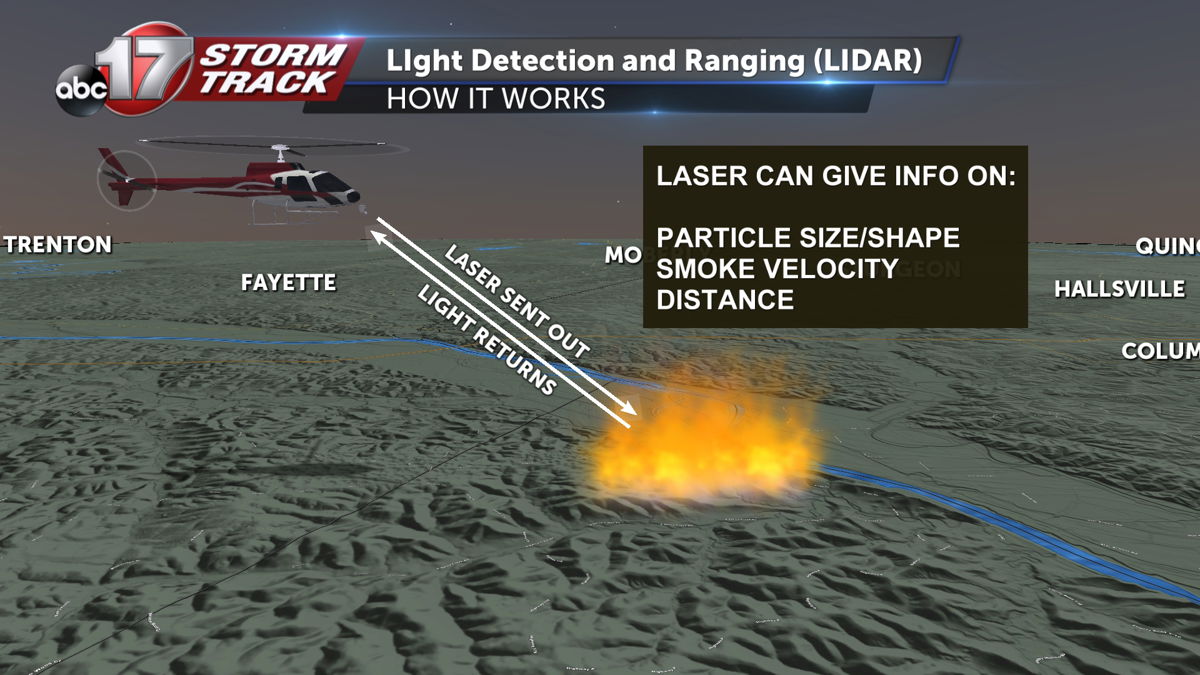Climate Matters: Using radar to fight megafires
The changing climate is leading to more intense and widespread wildfires that grow into destructive megafires. These disasters can cause expensive damage across vast areas of land and researchers are looking at ways to fight back against the flames. Predicting wildfires is very dependent on the weather and atmosphere around, and as such, many of the ways we analyze weather can also be useful for fires.

This is true for one of the most basic weather tools, the radar that allows meteorologists to track storms can also be used to scan and analyze wildfires. Weather radars, also known as doppler radars, are just one type of radar that sends out a beam to observe a phenomenon. Radars use radio waves, typically microwaves, to scan clouds and identify precip; this mechanism is used in many other types of sensing. For fires, a relatively new light sensing technology is being deployed known as LIDAR.

LIDAR is very similar to radar: as "ra"-dar works with "ra"-dio waves, "LI"-DAR uses "li"-ght rays to scan flames. The LIDAR fires out a laser of visible light that then travels back to the receiver, which can provide scientists with a host of information. Weather radars can detect precip type, shape, and speed while LIDARs can detect particle shape and speed as well. These techniques of scanning the environment have been in the works for decades, but are now becoming more affordable and accessible.
